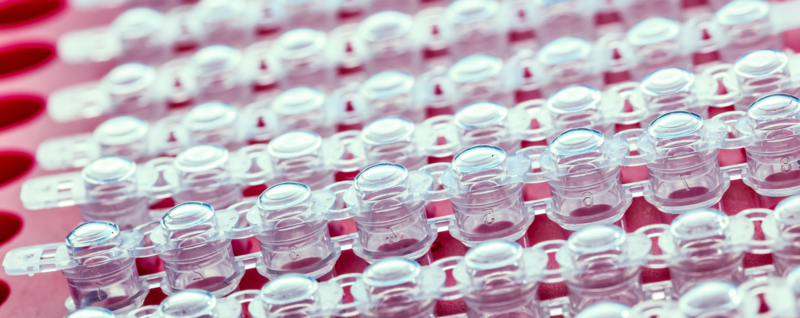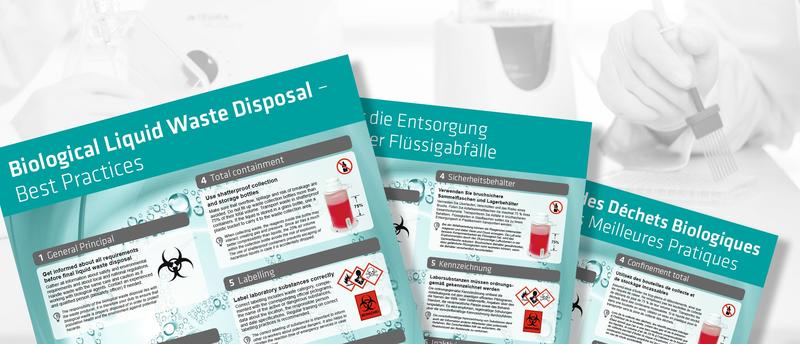How to clean pipettes [incl. decontamination and storage tips]
Written by Marlene Frank
09. January 2023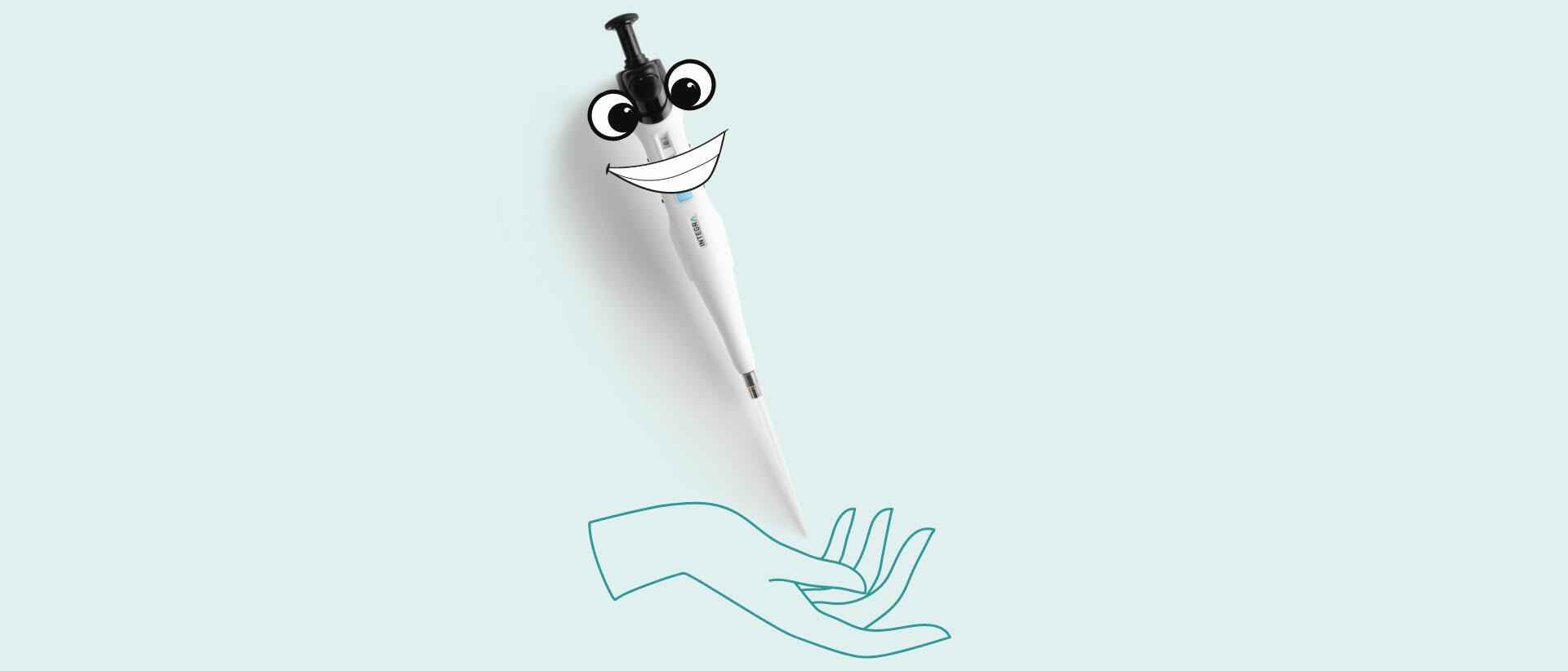
You undoubtedly chose a career in research because of your insatiable curiosity and love for problem solving – not because you're passionate about pipettes. But now, your daily work includes countless hours of pipetting, and getting precise and accurate results depends on your pipettes not letting you down mid-experiment. To ensure that you can fully rely on them for years to come, you should spare a thought for how to properly take care of them. As with everything in life, it's a bit of give and take.
Find out how you can clean, decontaminate and store your pipettes correctly, and why regular calibration is crucial.
Table of contents
How to clean a pipette
When did you last clean your pipettes? It's more likely that you'll be thinking of running your next experiment, rather than spending time cleaning your pipettes, but you shouldn’t put it off for too long. They are some of your most important tools and deserve some care to ensure that they work smoothly throughout their entire lifespan.
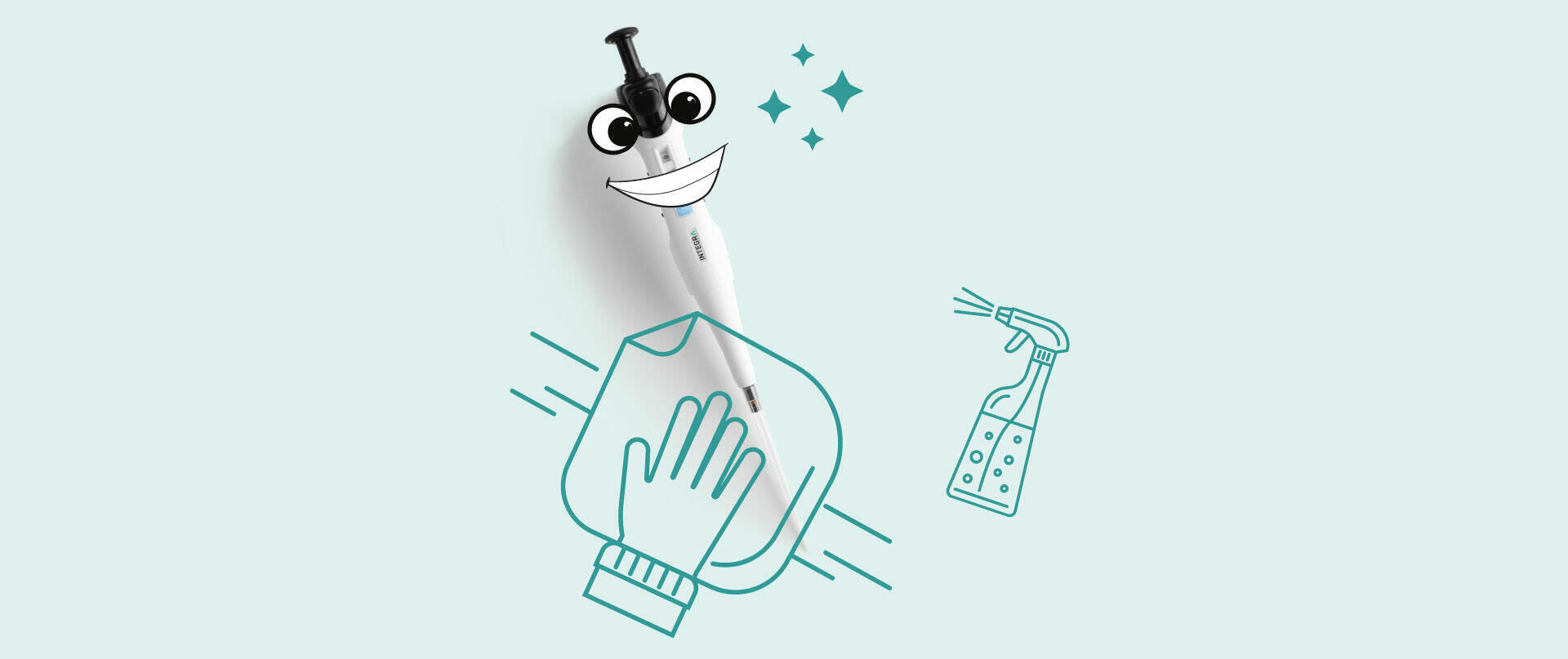
Exterior cleaning
Cleaning the outer surface of your pipette is quick and easy, and should be part of your daily routine. Wiping them with a lint-free cloth lightly soaked with 70 % ethanol should be sufficient, but do check the chemical compatibility of the pipettes beforehand.
Interior cleaning
Most manufacturers recommend that multichannel pipettes should be disassembled and cleaned by trained personnel. For single channel pipettes, however, you can and should clean them yourself regularly by following these simple steps:1,2,3,4
- Disassemble the pipette
Check the operating instructions to learn how to disassemble your pipette. Most models require you to disconnect the upper and lower parts before removing the O-ring and piston. - Rinse with distilled water
Clean the various components with distilled water and use a cotton swab to remove any clogs in the air passages. - Perform a maintenance check
Once you've cleaned all the components, check them for visible damage and, when necessary, replace any damaged parts. It's recommended that you replace the O-rings and seals each time. - Dry all components
Place all the components on a clean surface to air dry. - Grease the piston
Check the operating instructions of your pipette to learn where to apply lubricant, and what type of lubricant you should use. If no recommendation is available, use a grease made especially for pipettes. Common lubricants have a variety of different compositions, and some may not be appropriate to use on your pipette. - Reassemble the pipette
Ensure all the components are free of lint or dust particles before reassembling your pipette. - Test your pipette's functionality
To make sure that your pipette is working as intended after cleaning, you should perform a leak test and validate the pipetting volumes. A detailed step-by-step guide on how to do this can be found here.
Decontamination
Even though your pipette shouldn’t come into direct contact with any liquids you are pipetting, it is possible that they may occasionally become contaminated, e.g., when more liquid than the tip volume allows is aspirated, when a pipette is placed on the bench with liquid inside its tip, or when unfiltered tips are used with RNA/DNA solutions.
To avoid cross-contamination, you should decontaminate your pipette immediately. To do so, follow the cleaning procedure above, but add some additional decontamination steps after disassembly. The table below lists the most common contaminants, and the different decontamination steps to be taken for each of them. Don’t forget to check the chemical compatibility of your pipette for the decontamination reagents before use.
| Contaminant | Decontamination steps |
|---|---|
| Aqueous solutions | Decontaminate all components with 70 % ethanol, rinse with distilled water, and allow to air dry. |
| Organic solvents | Decontaminate all components with a detergent, rinse with distilled water, and allow to air dry. |
| Radioactive solutions | Decontaminate all components with a high-strength radioactivity decontamination solution, rinse several times with distilled water, and allow to air dry. Check that the pipette has been successfully decontaminated with a Geiger counter, and dispose of all cleaning materials in the radioactive waste. |
| Proteins | Decontaminate all components with a detergent, rinse with distilled water, and allow to air dry. Important: Don't use alcohol, as it coagulates proteins. |
| RNase | Decontaminate all components with 95 % ethanol, and rinse with distilled water. Soak in 3 % hydrogen peroxide for 10 minutes, rinse with distilled water, and allow to air dry. |
| DNA / RNA | Decontaminate all components with a 10 % bleach solution, rinse with distilled water, wipe with isopropyl alcohol, and allow to air dry. |
If you like, you can also download these cleaning and decontamination tips as a poster.
Pipette storage
Proper pipetting techniques, combined with careful handling, deliver accurate results and prevent excessive wear and damage. But what about storage? Have you ever thought about what happens to your pipettes when you're not using them? Appropriate storage can be just as important as careful handling, and implementing the tips below will only take you a few seconds a day.
Use a pipette stand
You should get into the habit of always storing your pipettes on a stand. Laying them down on the bench can lead to several problems:
- Piston lubricant may accumulate on one side, subjecting your pipette to excessive wear.
- The piston can get misaligned, compromising calibration.
- If there is any liquid inside, it can run up further into the pipette body and cause corrosion.
Not yet convinced? Pipette stands have even more advantages. They help protect your pipettes from spills and from getting knocked off the bench, as well as keeping your workspace organized. If you use a stand, you'll also immediately notice when a colleague picks up one of your pipettes. Additionally, for electronic pipettes, stands can double up as charging stations, which means that you won’t need to remember to charge them.
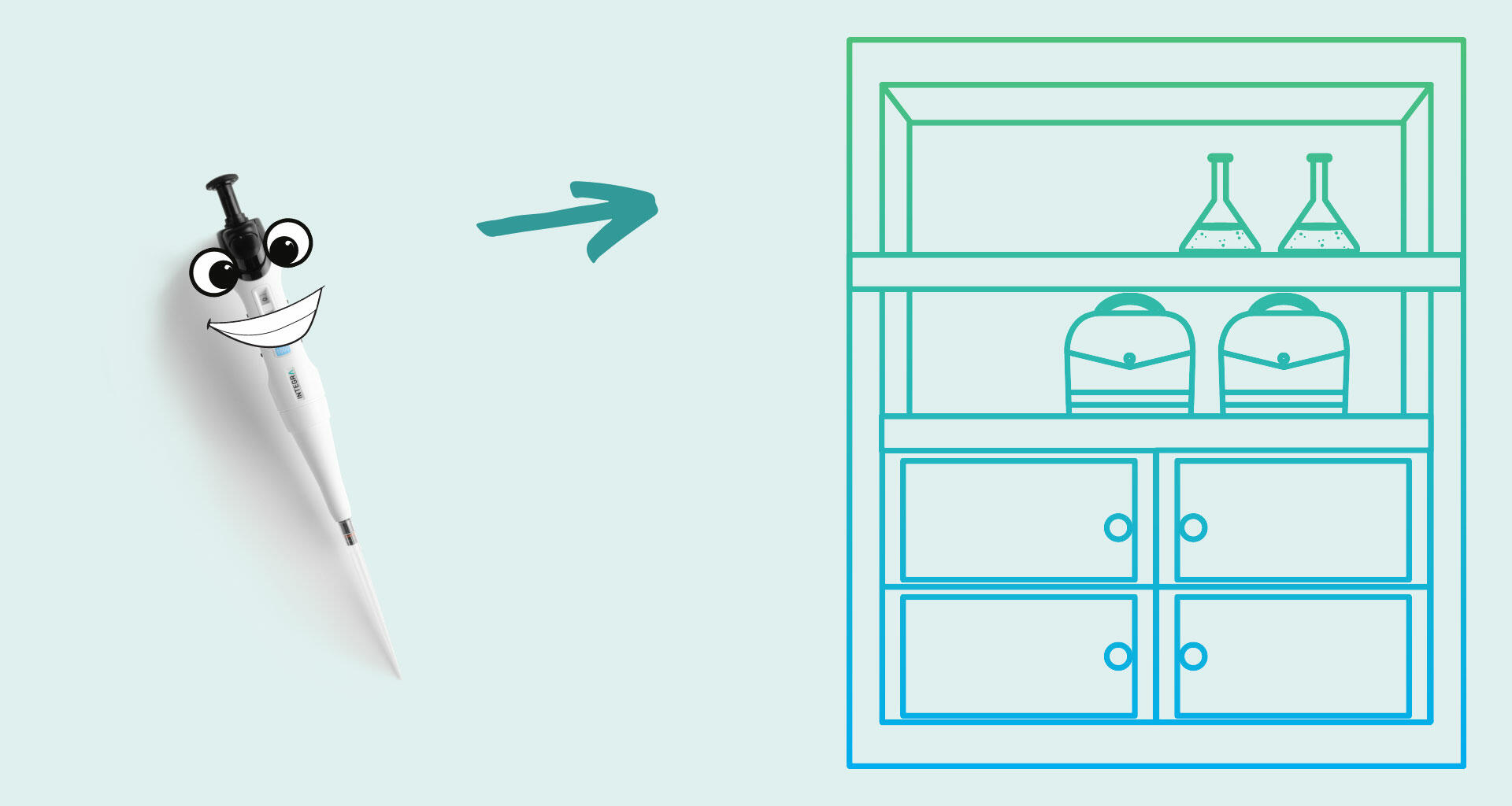
Remove the tips
Never store your pipette with a tip attached to it. Any liquid residue present inside the tip could evaporate into the pipette body. You should always remove the tips, even if you're just putting the pipette aside for a few minutes.
Set it to its maximum volume
If you're using a manual pipette, set it to its maximum volume once you are finished with your work. This allows the spring to return to its least stressed position, increasing your pipette’s lifespan.5
Why regular calibration is essential
Another way of extending the lifespan of your pipettes is to calibrate them regularly. Even when pipettes are carefully handled, appropriately stored, and regularly cleaned, they should be calibrated periodically by either the manufacturer or a specialized calibration company. We recommend service intervals of 12 or 6 months, depending on the needs of your lab. Keeping a record of past calibration dates helps to ensure that the next one won't be missed. Some electronic pipettes and pipette software packages allow you to set calibration reminders or record its service history to help you with this.
Regular calibration of your pipettes will not only ensure that they deliver precise and accurate results but can also help you to detect potential problems or damaged parts at an early stage. As a result, they can often be fixed before more costly repairs or replacement become inevitable.
Conclusions
Now that we've explained what you can do to keep your pipettes delivering reliable results for many years, it's your turn. Plan a time to check if your pipettes need cleaning, if you have enough pipette stands to store them, and when they were last calibrated. And if you still have unanswered questions about the handling, cleaning, or calibration of your pipettes, don't hesitate to leave a comment.
Further reading:


